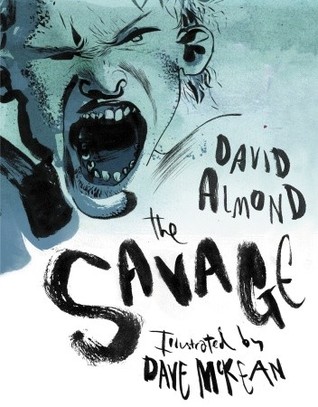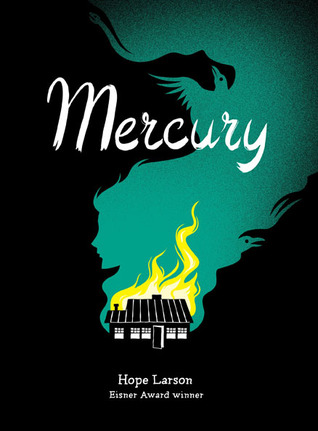The Savage
By David
Almond
Illustrated by
Dave McKean
Published by
Candlewick Press
Copyright ©
2008
Review by
Anthony Kendrick
David Almond
has hit upon some of the best advice for youth who are dealing with harrowing
problems – Write it down.
Blue Baker’s
father recently died. To make matters worse Blue has caught the eye of the
school bully, Hopper. Because bullies are like wolves they look for the prey
that is showing weakness, and right now Blue is showing weakness. Blue wishes
he could smash Hopper’s face in, but he knows he’d get killed. Telling adults
doesn’t seem to help either. So Blue does the only thing he can; he writes.
Blue writes a graphic story about a grunting Savage who lives in his town and owns
nothing more than a pair of pants and a knife. When the Savage pays a visit to
Hopper in the middle of the night, the lines between fantasy and reality begin
to blur. The Savage is almost who Blue wishes he could be, but is it who he
will become?
David Almond’s
character, Blue, does the right things. He ignores the bully, he talks to
parents, and he talks to teachers but it doesn’t make things any better. Instead
of giving in to the anger he begins to vent his feelings through storytelling. And
this outlet helps him in reality more than he could have possibly imagined. Anyone
who has lost a parent can relate to this book. And if you have been bullied you
can relate to this book. If you have dealt with both I’m sorry, but you must
read this book.







